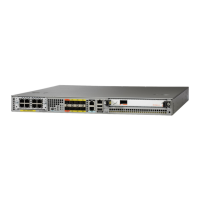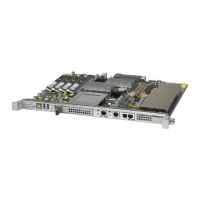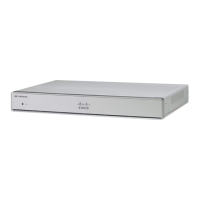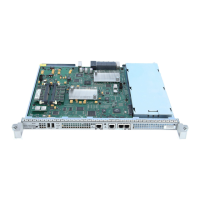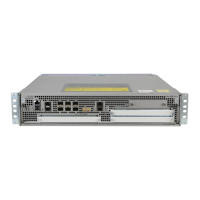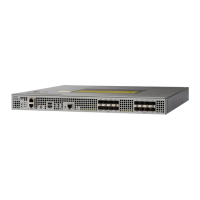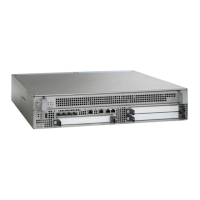Contents
xviii
Cisco 10000 Series Router Quality of Service Configuration Guide
OL-7433-09
CHAPTER
11 Managing Packet Queue Congestion 11-1
Queue Scaling Limits 11-1
Queue Limit 11-2
Queue Limit Packet Buffers 11-4
Default Queue Limit and Packet Buffers 11-4
queue-limit Command 11-4
Syntax Description 11-5
queue-limit Command History 11-5
Default Behavior for the queue-limit Command 11-5
Usage Guidelines for the queue-limit Command 11-6
Queue IDs and Interface Queues 11-6
Reserved QIDs 11-6
Queuing Outbound Traffic 11-7
Queuing Outbound Traffic on ATM Interfaces 11-7
Queuing Outbound Traffic on Frame Relay Interfaces 11-7
Queuing Outbound Traffic on Virtual LAN Interfaces 11-7
Controlling Congestion Using Tail Drop 11-8
Feature History for Tail Drop 11-8
Tail Drop and Random Early Detection 11-8
Controlling Congestion Using Random Early Detection 11-9
Feature History for Random Early Detection 11-9
Random Early Detection and Queue Limit 11-10
Determining Packet Drop Probability 11-10
Recommended Settings for RED Drop Probability 11-11
Controlling Congestion Using Weighted Random Early Detection 11-11
Feature History for Weighted Random Early Detection 11-12
Benefits of Using Weighted Random Early Detection 11-13
How WRED Works 11-13
WRED Drop Mode 11-13
WRED Drop Profiles 11-14
WRED Aggregate Drop Profiles 11-17
Usage Guidelines for the random-detect Command 11-18
Minimum and Maximum Thresholds 11-19
WRED and Queue Limit 11-20
Average Queue Size and the Exponential Weight Constant 11-21
Interfaces Supporting Layer 3 Packet Drop Policies 11-21
Restrictions and Limitations for Controlling Layer 3 Congestion 11-22
Configuring Layer 3 Queue Limit and Drop Policies 11-24

